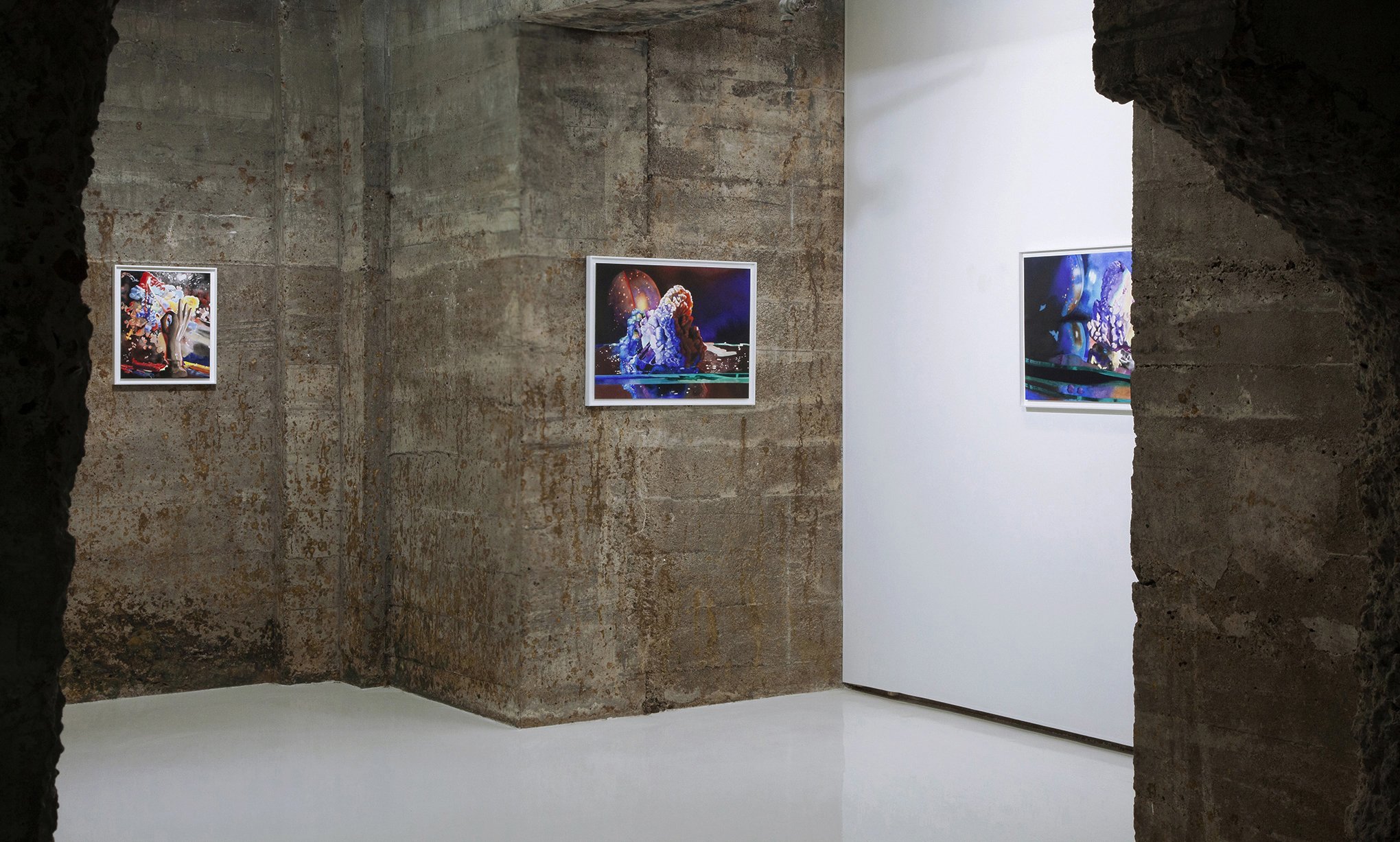
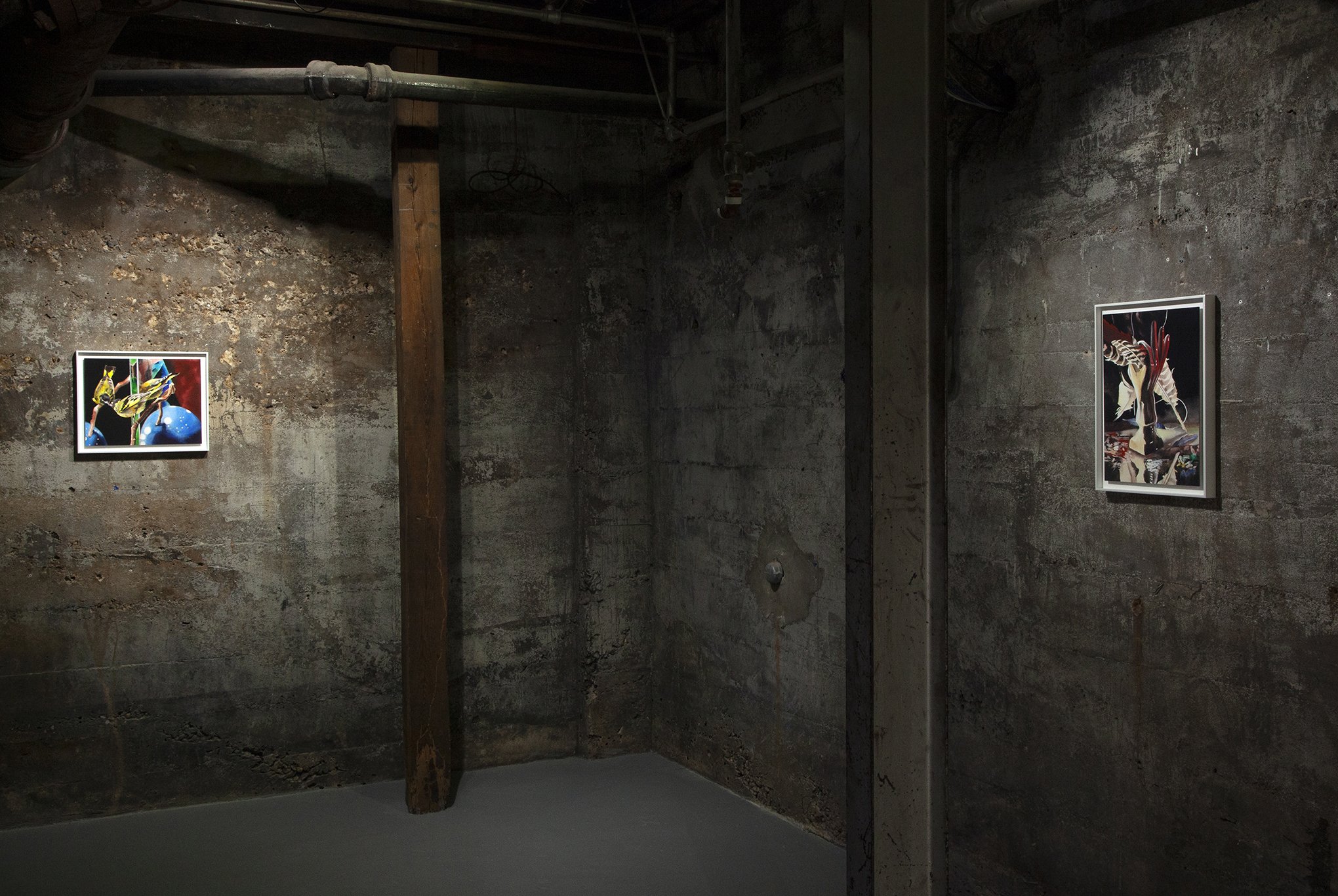
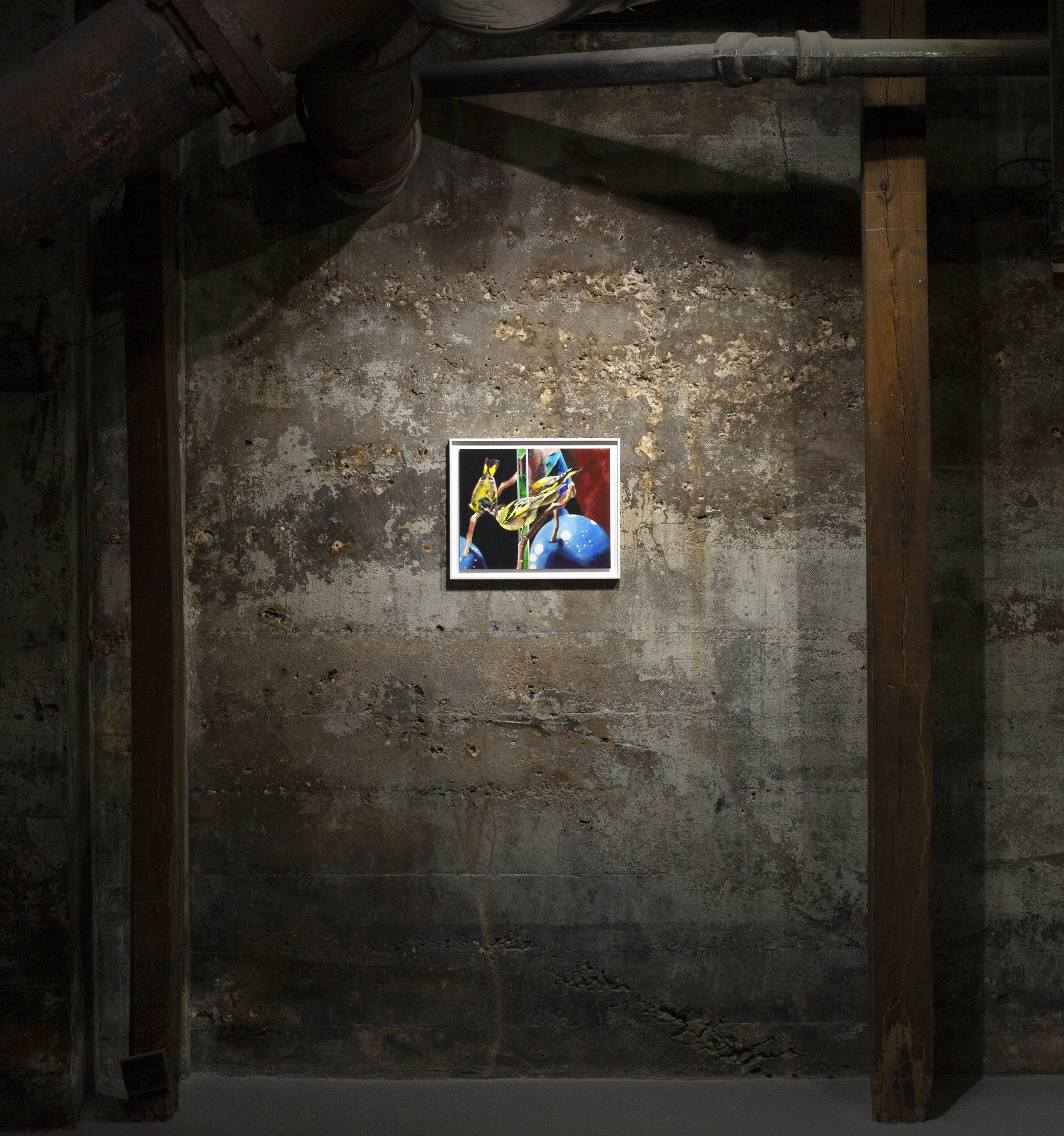
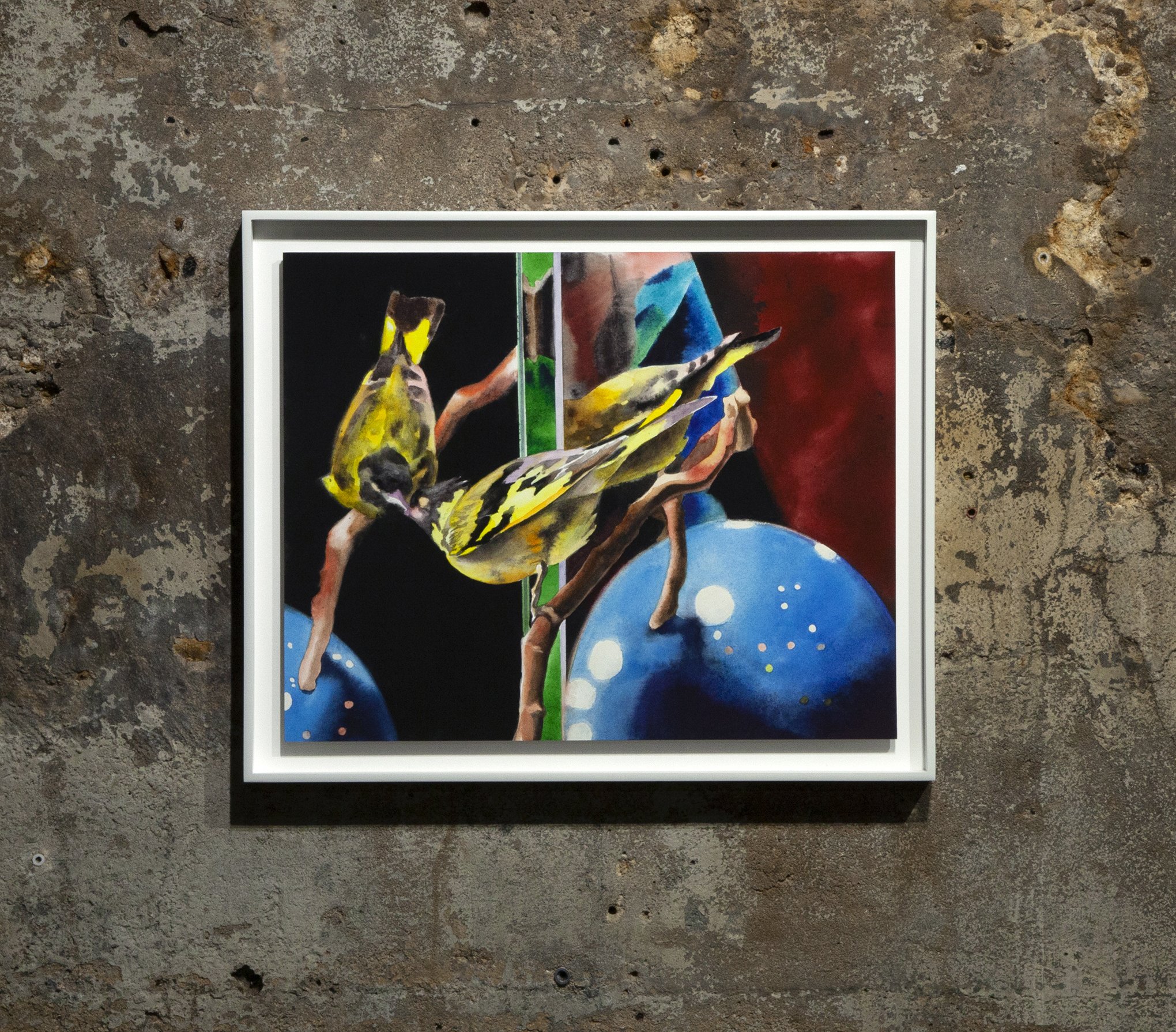
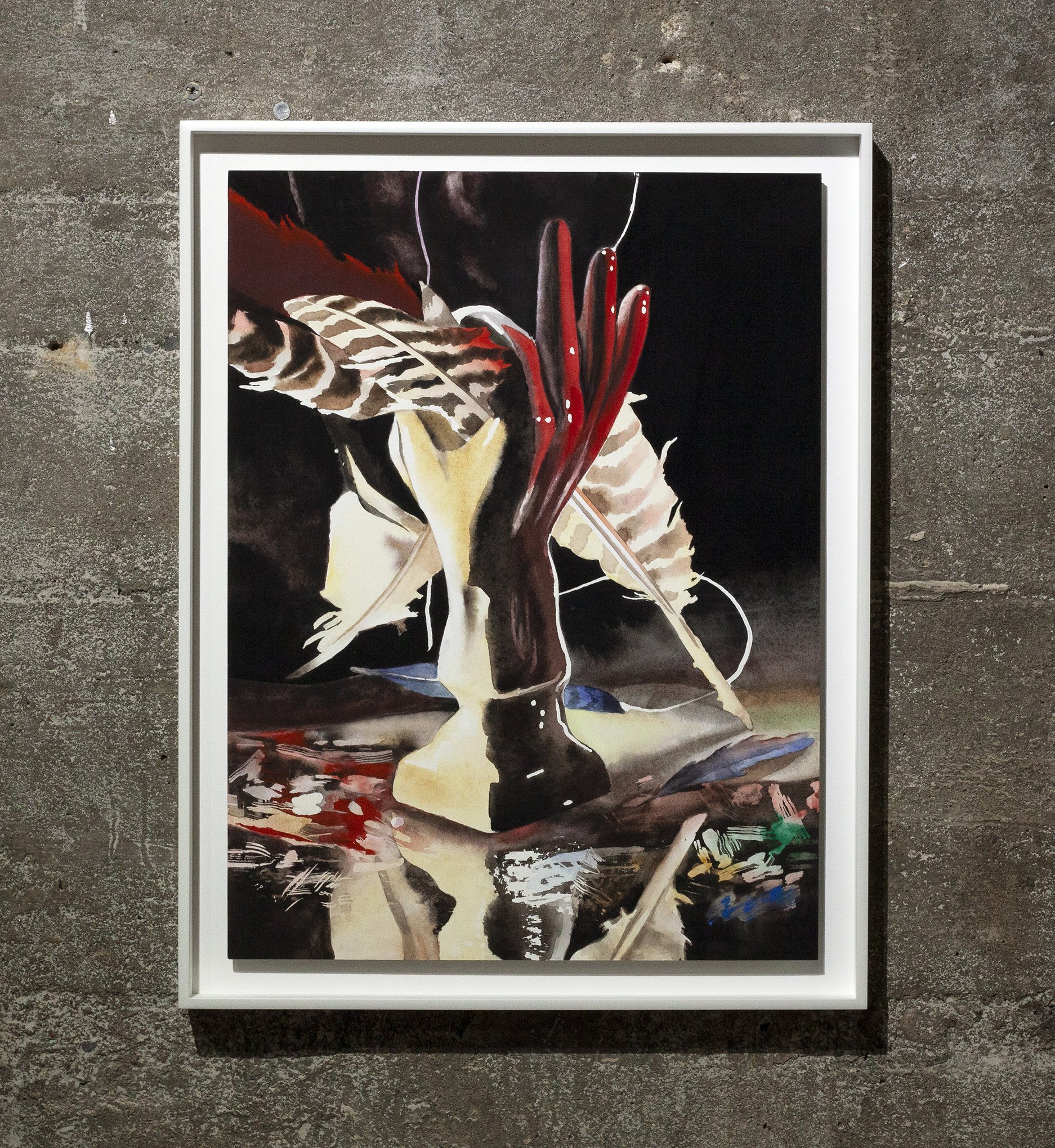
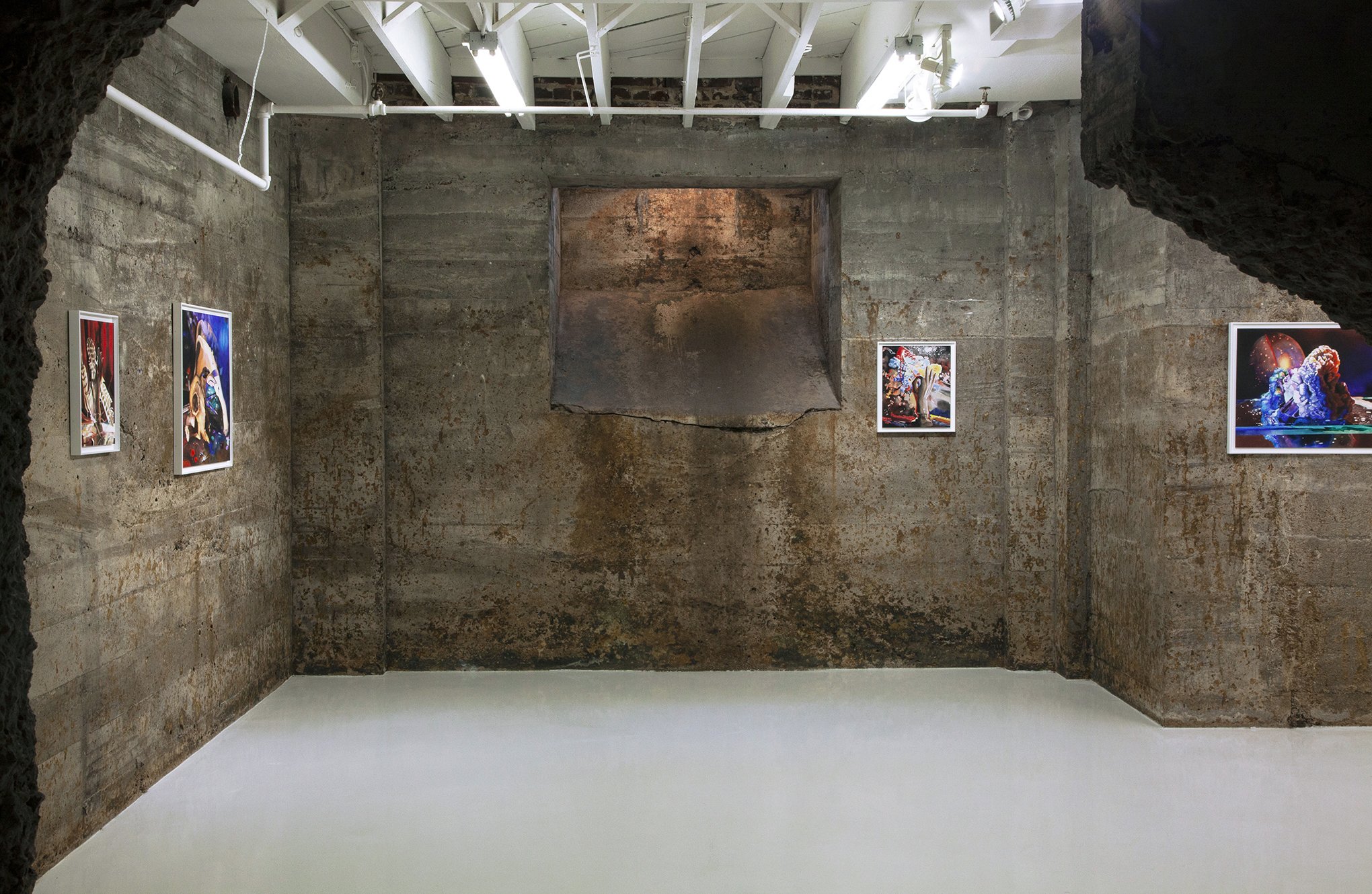

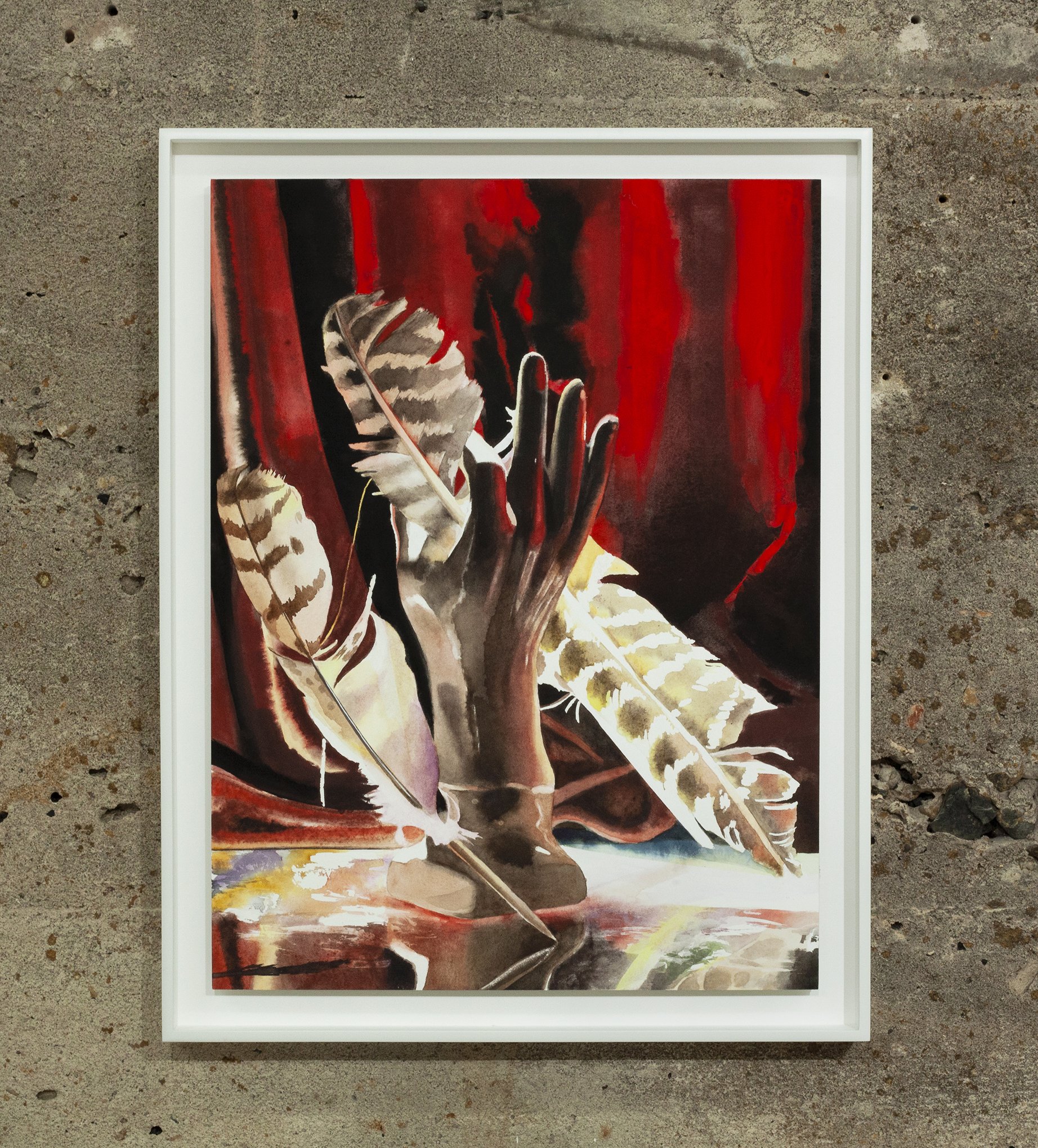
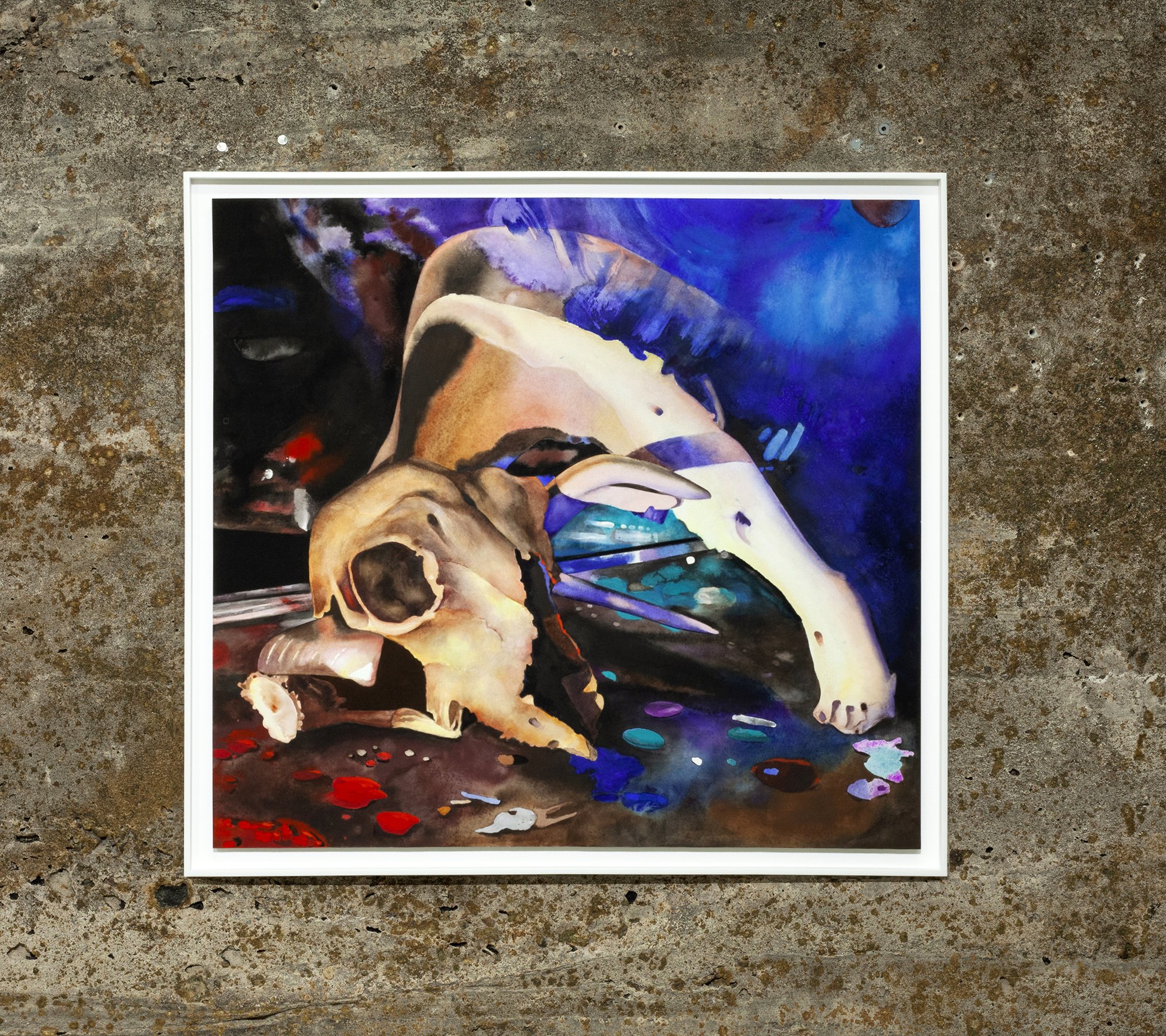
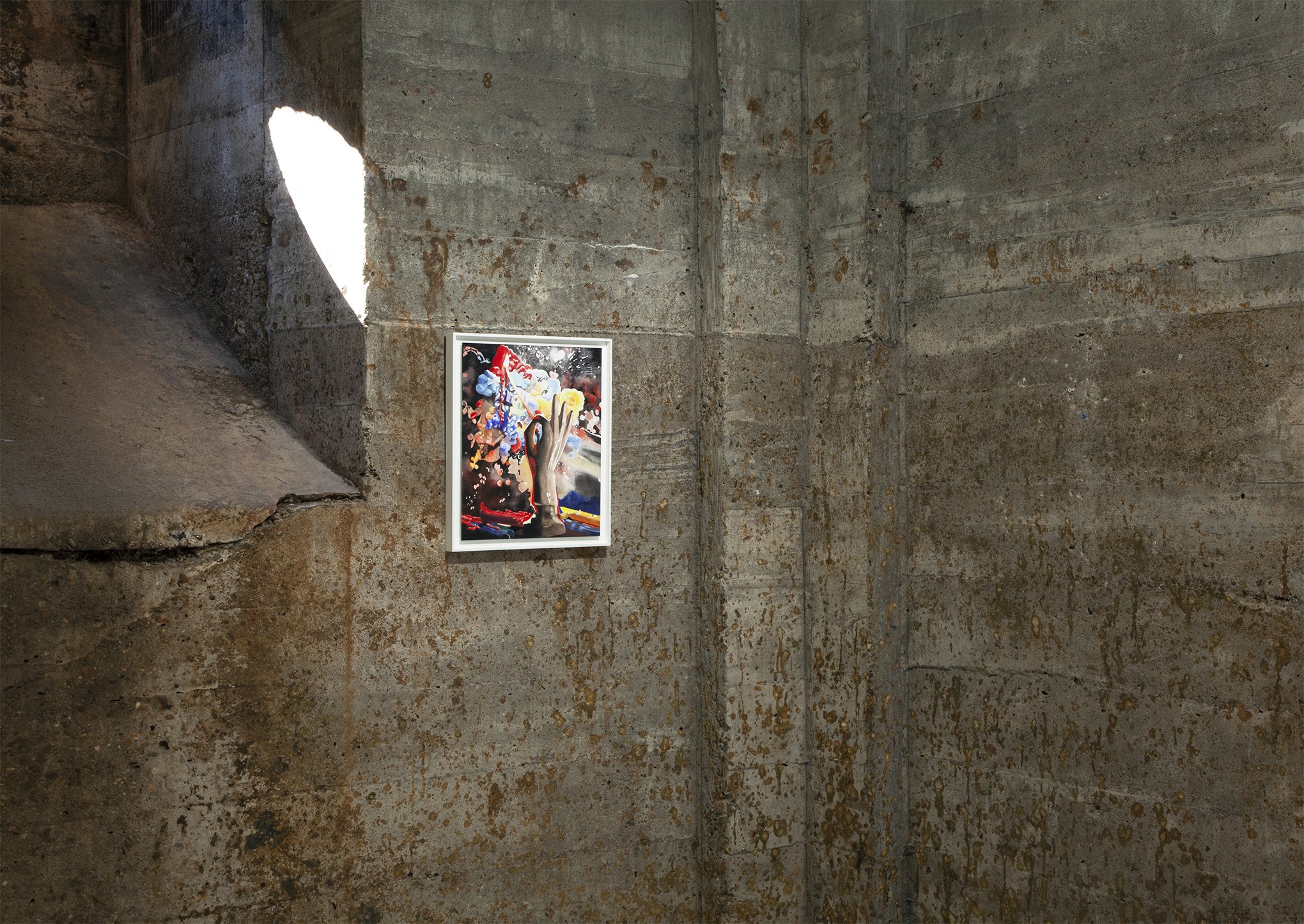

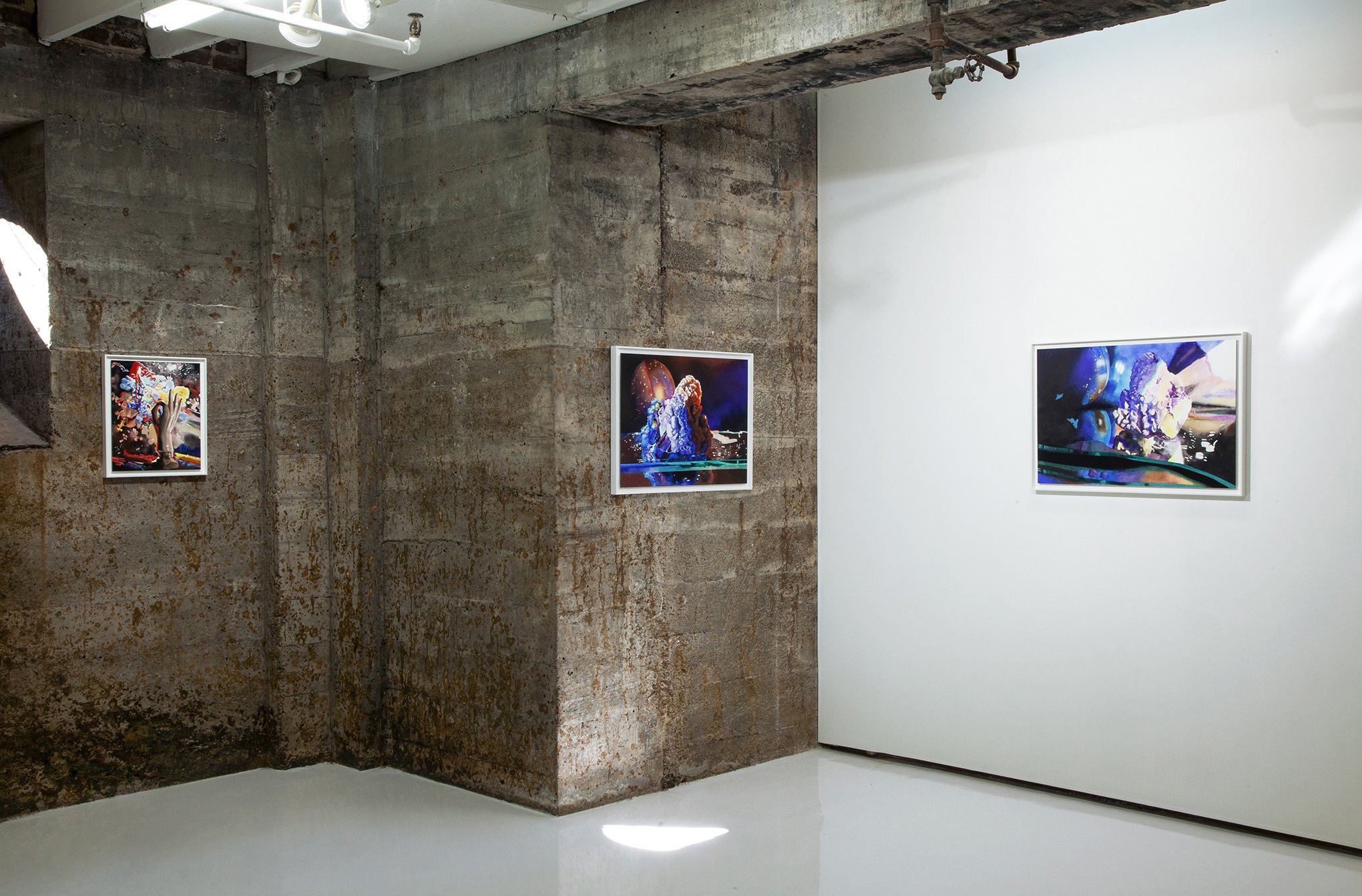
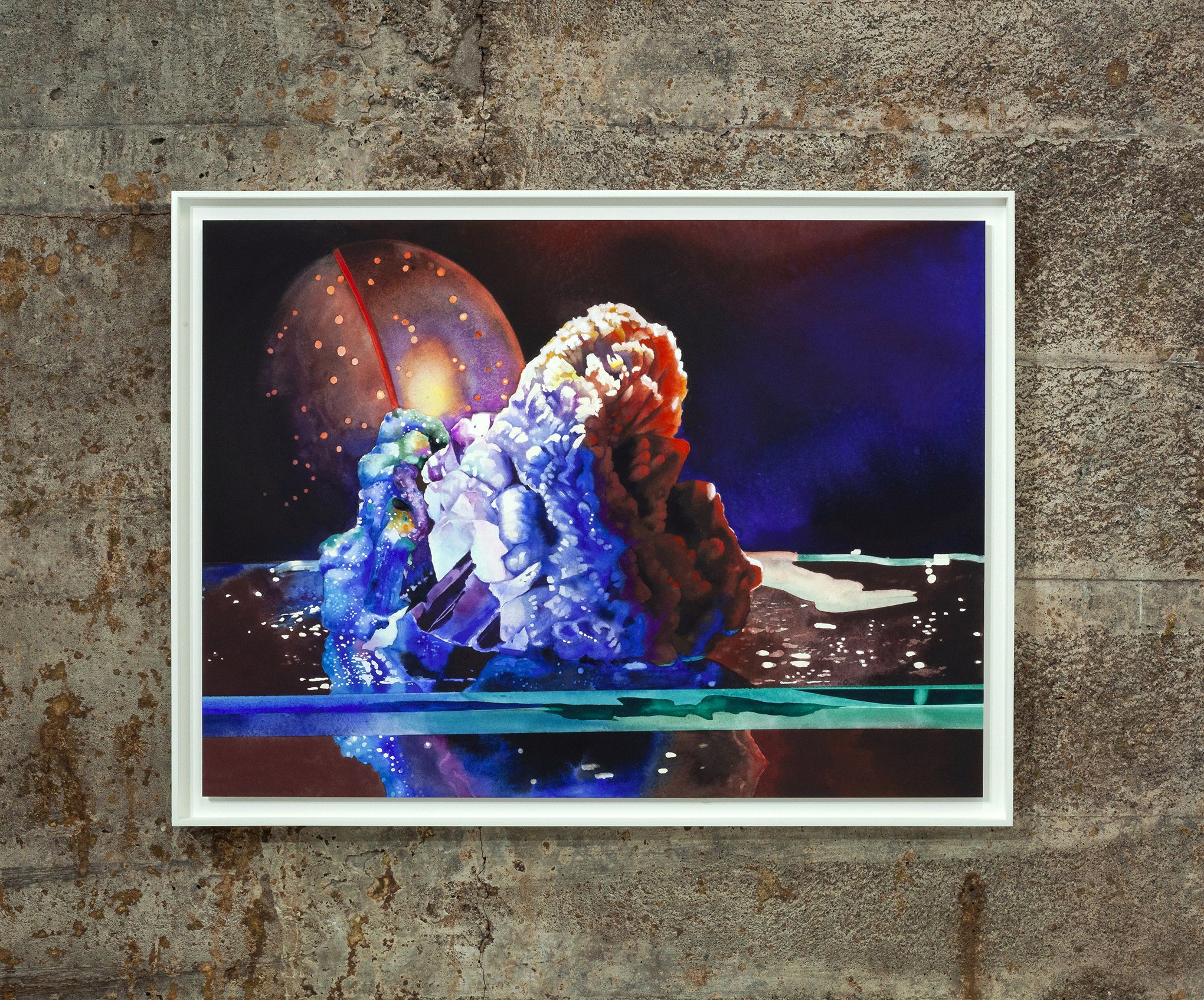
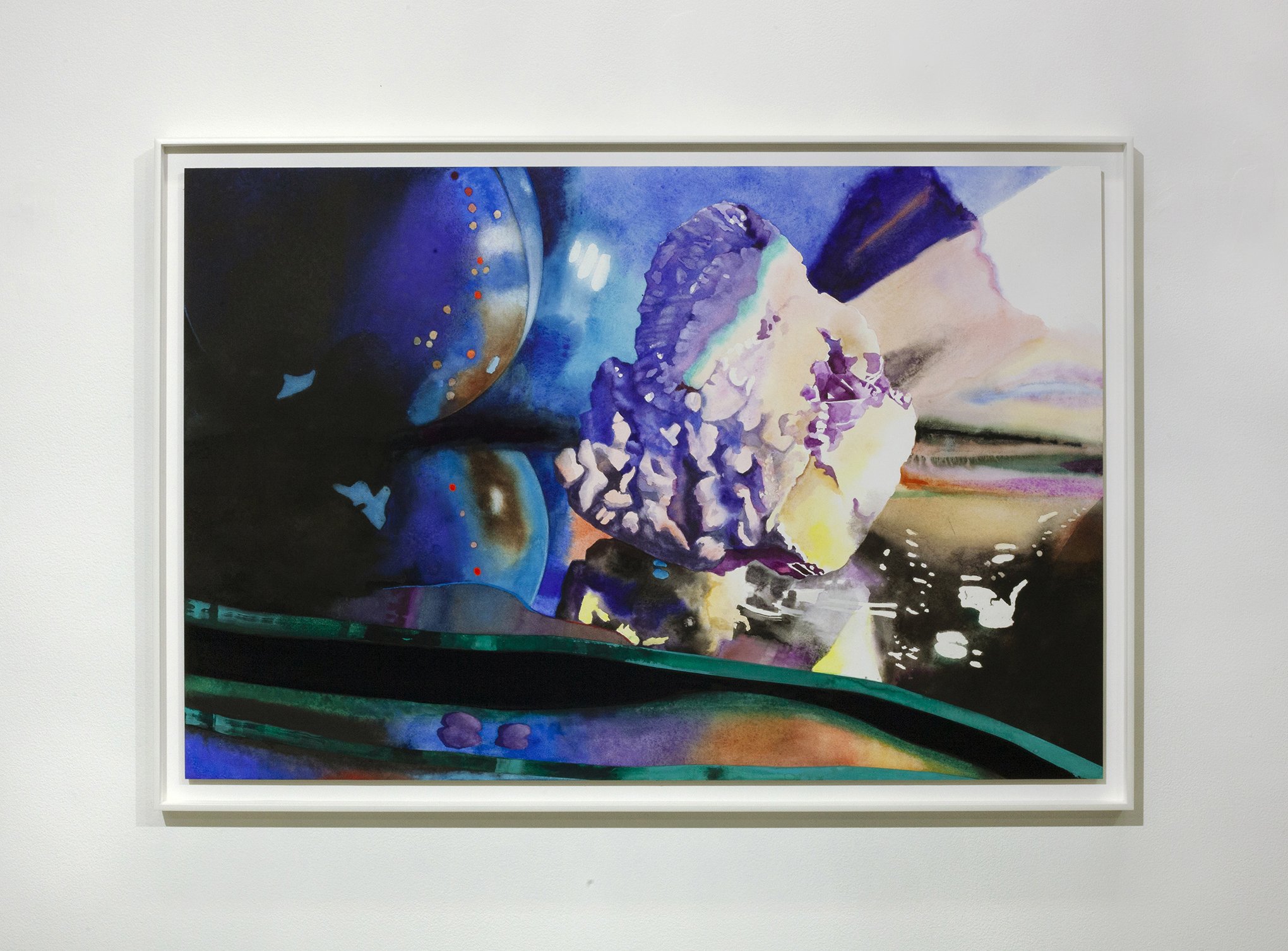
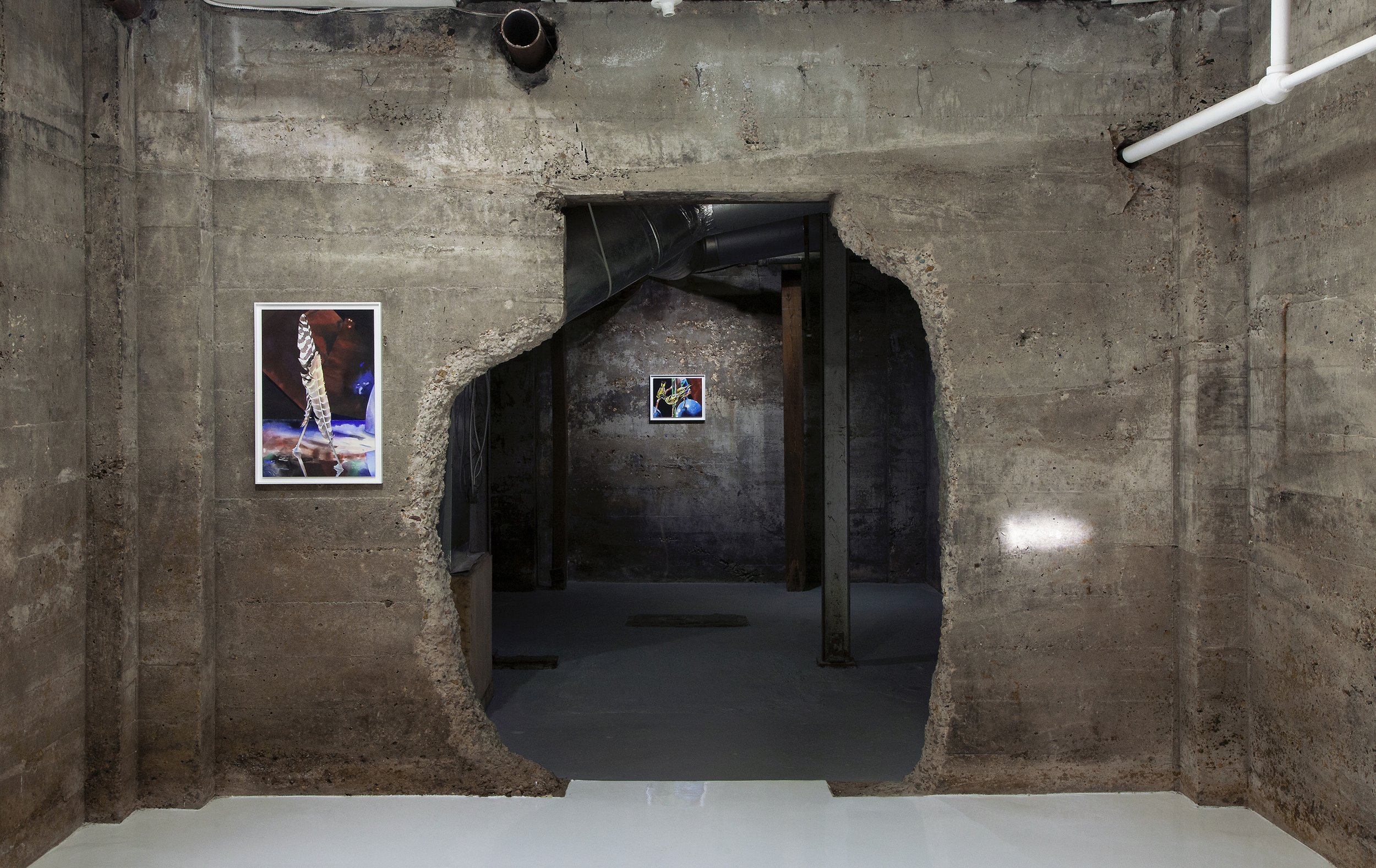
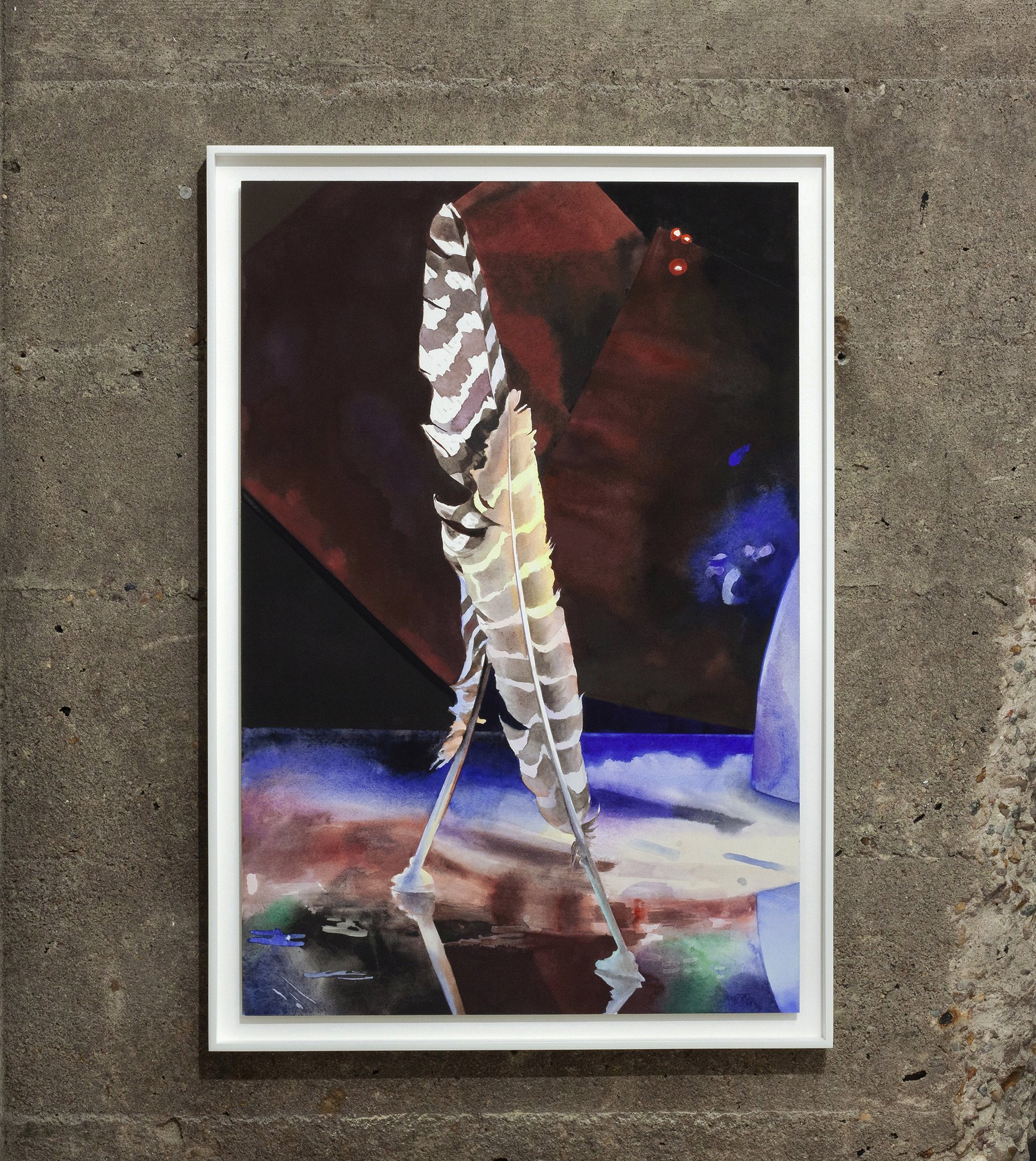
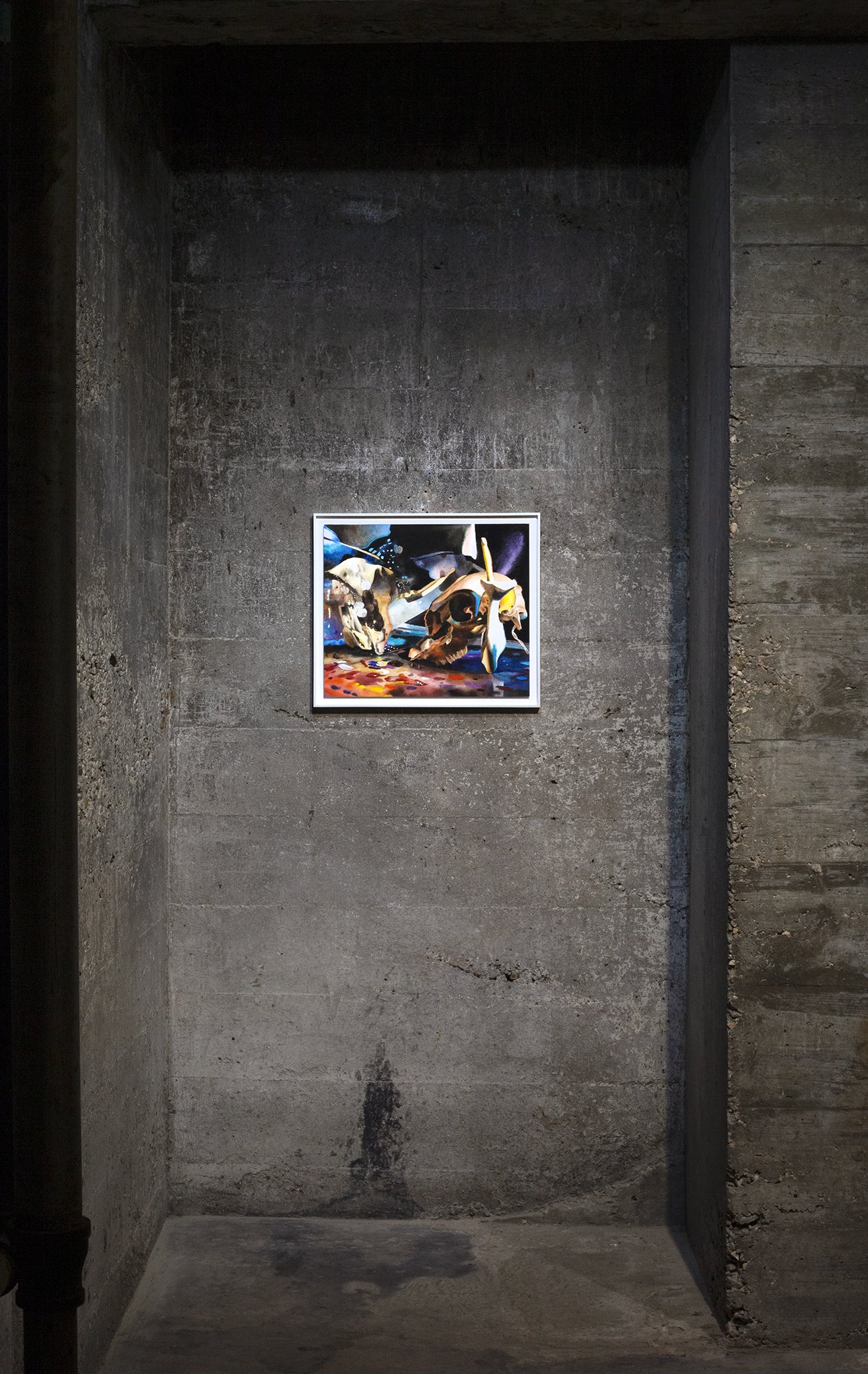
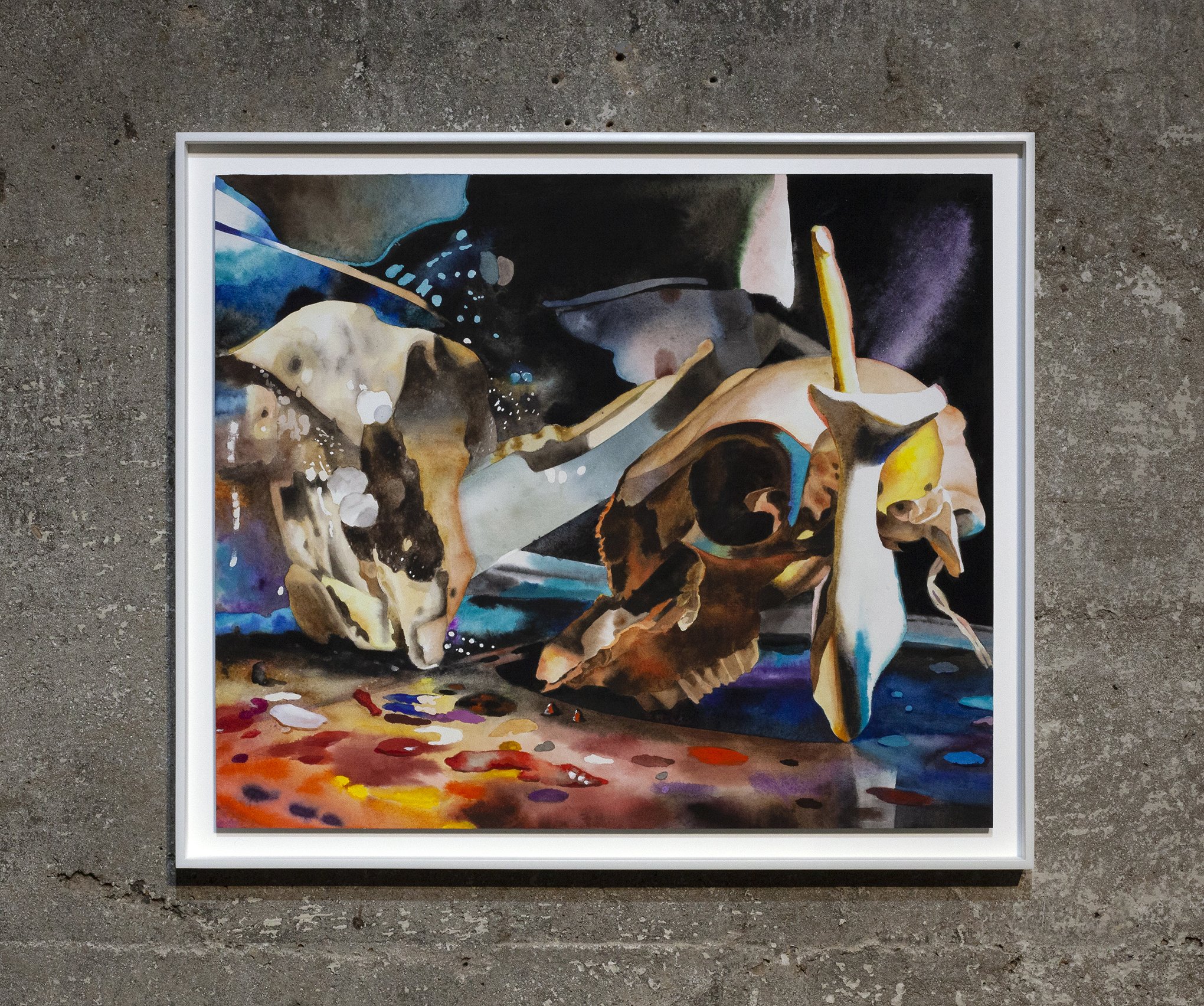
Mamie Tinkler
Yorick in Space
October 28th –December 17th 2023
Tops Gallery 400 S Front street (entrance on Huling, basement level) Memphis, TN 38103
Yorick appears in Shakespeare’s Hamlet only as a skull and as a fixture in Hamlet’s memory. What’s left of any of us, eventually, but our bones and the memories of the living? In life, Yorick was a clown: a fellow, Hamlet tells us, of ‘infinite jest.’ Death plays as comedy here.
The paintings in Yorick in Space are set in a far-off galaxy, or the distant past, or a place entirely imagined, or after-hours at the theater, or in an artist’s studio, or in the artist’s mind. None of it is real, except that all of it is real. The characters play their roles on uncanny stages instantly recognizable as objects, places or situations, but conduct themselves nonsensically. Too concrete to be fantasy, too absurd to be true, the images function instead as a kind of object-theater, both comedic and dramatic. Vanitas painting (a sub-genre of still life) has always had a broad brief: commenting on the very nature of mortality and the inevitability of death. Do these paintings suggest an afterlife in space, or the afterlife of art? Can vestiges paint?
Enter Yorick, a sheep skull purchased in a thrift store. Yorick is a painter, an admirer of Guston, a bit of a drama queen. Yorick’s painting arm is a horse’s jawbone, his brush an antler. His palette is ‘rainbow chiaroscuro.’ Yorick stares in the mirror, considering the relevance of self-portraiture in the selfie era.
Enter also Hand, who once modeled cheap rings in a jewelry store. Now too an artist, a magician, a conjurer, a jester, a vaudevillian. Hand poses dramatically back-lit before a velvet curtain, suggestively cradling a phallic feather. Hand paints with a burning candle, winking: it’s a drip painting! Hand applies clown makeup and steps into the spotlight.
But why space? Why Yorick in space? What else can humanity do when confronting its mortality en masse, en species, than to reach for another future, another planet, another galaxy? Our reckoning with the transience of life is now writ large, not merely playing out on a personal level, or even at the level of war, but on a planetary scale. Our human brilliance reaches ever farther into the universe, and we can gaze at light that died millennia ago, but our rockets are now rented to rich tourists. In 1951, NASA sent a succession of primates into space on test missions. The first to survive was a Rhesus monkey named Yorick, demonstrating the scientists’ keen awareness of the metaphysical scope of their efforts. While technically surviving the flight, the monkey died shortly after landing from exposure to heat in the ship. Alas, poor Yorick!
Yorick in Space, Mamie Tinkler’s first solo exhibition with Tops Gallery in Memphis, features a new series of paintings in watercolor and gouache. Tinkler grew up in Brighton, TN and lives and works in New York, NY. She graduated from Columbia University with BA in 2000 and obtained an MFA from Hunter College in 2005. Her work has been exhibited at solo and group exhibitions including Ulterior Gallery, New York, NY (solo 2020, 2021); Tops Gallery, Memphis (2022); The Armory Show, New York, NY (2020); The Suburban, Oak Park, IL (solo, 2015); Mitchell-Innes & Nash, New York, NY (2014); and Rachel Uffner Gallery, New York, NY (2011). Tinkler’s exhibitions and works have been featured in the New York Times, Artforum.com, and Modern Painters.
